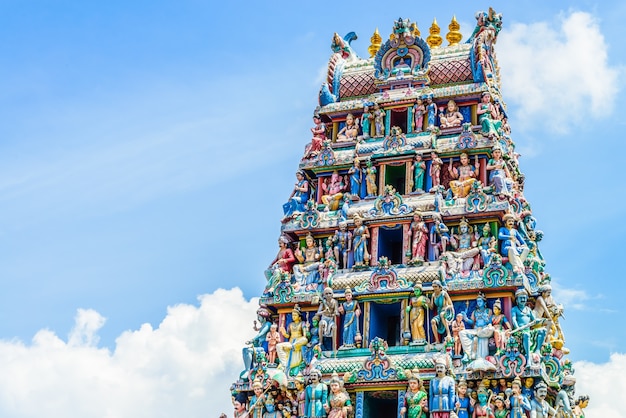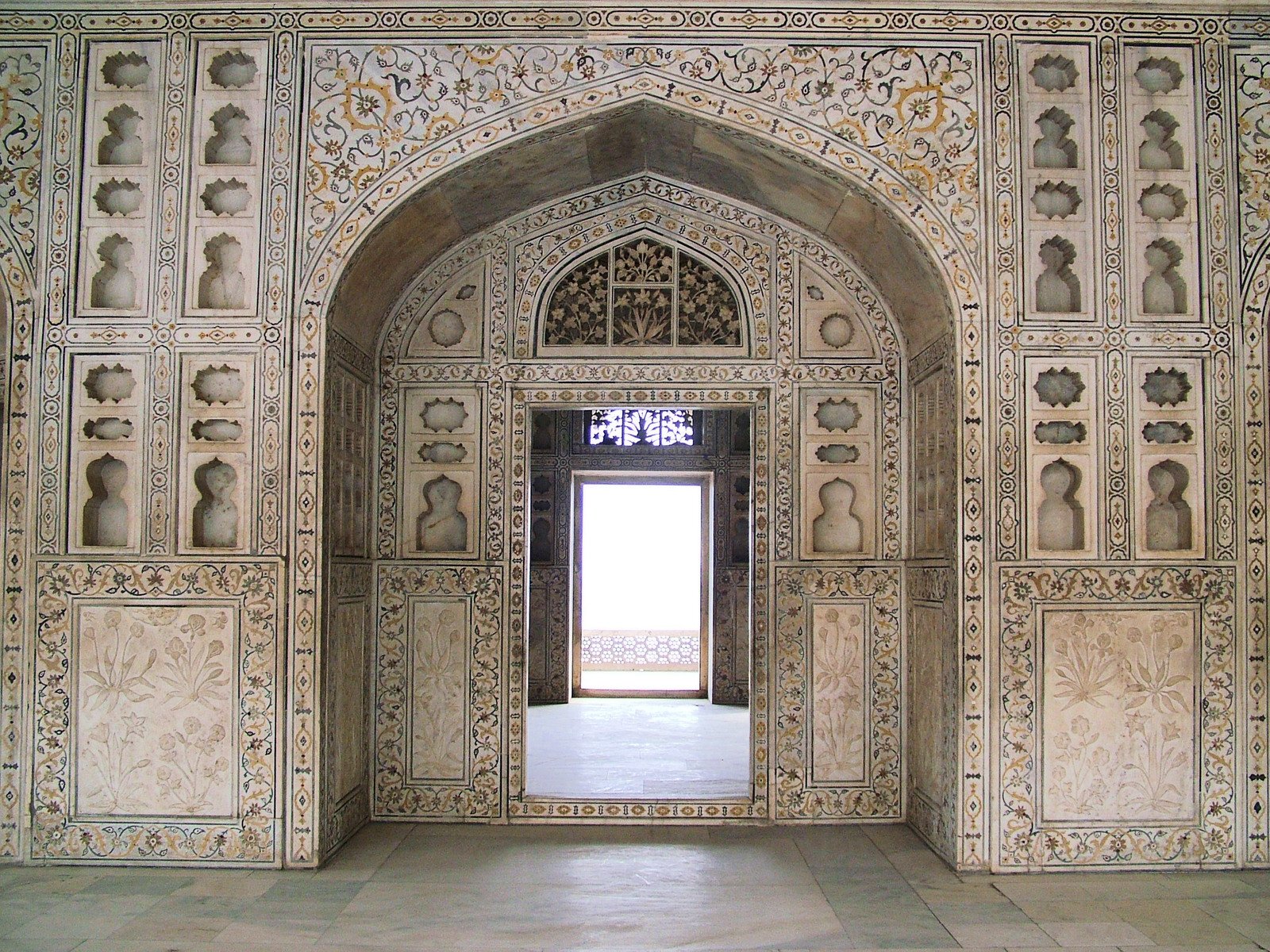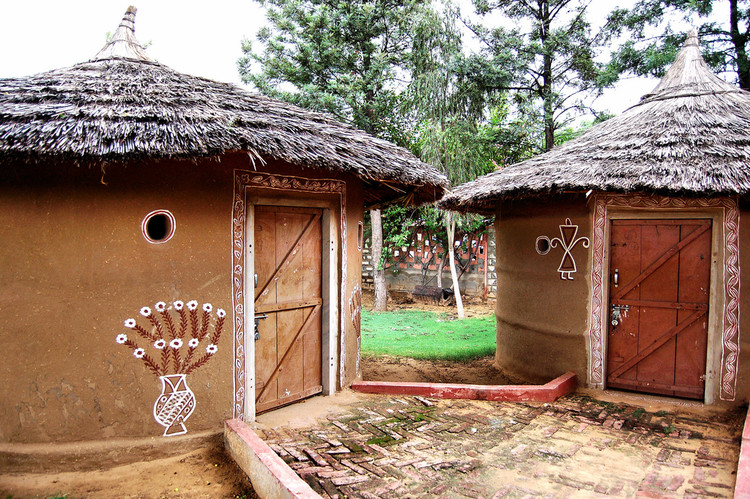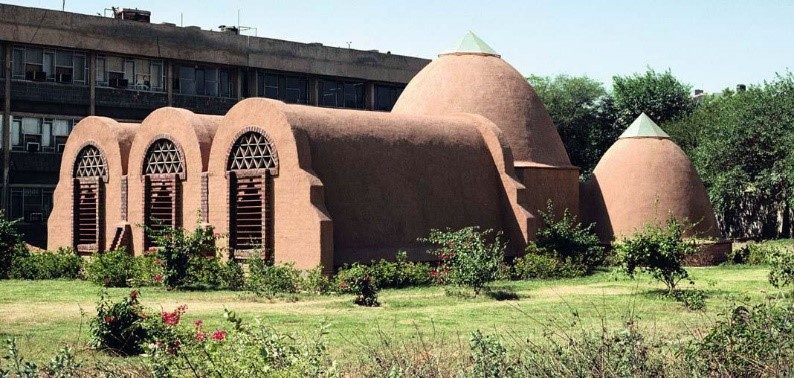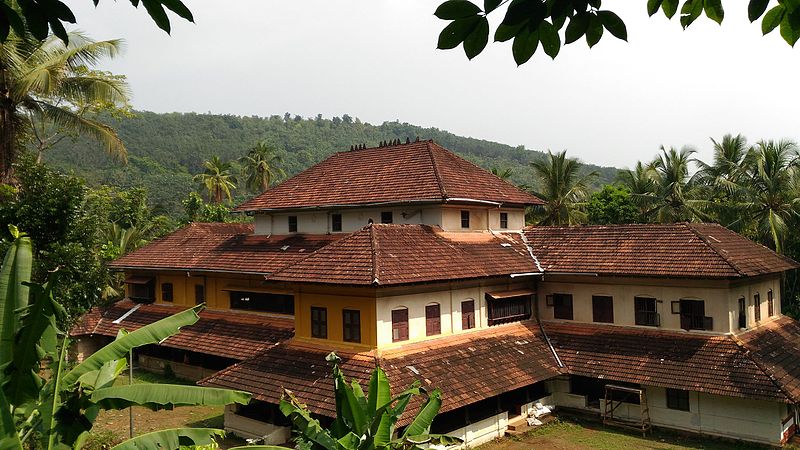Indian Architecture has always been a thing of inquisitiveness mainly because of the magnanimity and the arty creations. Our country has a varied mix of monuments, baroques and modernistic buildings which echo some story on the era it saw. Another notable fact about Indian architecture is that out of the 830 World Heritage Sites listed by UNESCO, 26 of them are from India, isn’t this fact one tangible proof of artistic geniuses?
India has seen a plethora of architectural styles which developed throughout its history. For our ease, let’s simplify the intricacy in Indian architecture and understand few of the most popular styles that make India truly proud.
Styles In Indian Architecture – 10 Most Popular Ones
1. Temple Architecture
Temple architecture in India developed in almost all the regions during the ancient India. Across the country distinct architectural styles in temple construction can be seen, this differentiation is mainly caused due to the geographical, climatic, racial, ethnic, linguistic, and historical diversities. Ancient Indian temples are classified into three broad categories, i.e. Nagara or the Northern style, Vesara or Mixed style, and Dravida or the Southern style. Apart from the broad classification, Kerala, Bengal, and the Himalayan areas also display their regional styles in temple architecture which are equally unique.
2. Mughal Architecture
The Mughal architectural style is a unique blend of Islamic, Persian and Indian styles. Starting from the 16th century until the early 18th century, Mughal architecture flourished largely in the Indian subcontinent. During this era, India was ruled by the Mughal’s and different rulers built some of the finest structures in the country. Humayun’s Tomb, Akbar’s Tomb, Fatehpur Sikri, Red Fort at Delhi, Jami Masjid Delhi and the Taj Mahal at Agra are few examples of such structures which need to further introduction.
3. Indo-Saracenic Revival Architecture
Indo Saracenic Revival architecture or Indo Saracenic architecture is the brilliant architectural engineering movement by the British architects. This style is a fusion of Indian architecture and Indo-Islamic architecture. It is also known as Indo-Gothic, Mughal-Gothic, Hindu-Gothic and Neo-Mughal architecture. This form of architecture absorbs exotic elements from the Indian Architecture and native Indo-Islamic architecture and fuses it with the Neo-Classical and Gothic revival styles favored in Victorian Britain.
4. Dravidian Architecture
Dravidian construction style emerged in the Southern part of the Indian subcontinent or South India thousands of years ago. It was built by the Dravidian people, such structures primarily consist pyramid shaped temples called Kovils (a Tamil word). These Kovils are dependent on complex carved stone; such materials are the key to create step kind of designs which contain many statues of kings, deities, dancers, and warriors.
5. Kalinga Architecture
The Kaḷinga architecture is a style which flourished in the ancient Kalinga region. This form of style can be seen in the eastern Indian state of Odisha and also in northern parts of Andhra Pradesh. Kalinga architectural style consists of three different types of temples, i.e. Rekha Deula, Khakhara Deula and Pidha Deula. The diverse aspects of a typical Kalinga Temple comprise of Architectural stipulations, historical connotations, Iconography, also it honors the custom, traditions, and connected legends.
6. Sikh Architecture
This is one of those styles that have gained immense popularity across the globe. Sikh architecture is characterized by exquisite intricacy, values of progressiveness, austere beauty, and coherent flowing lines. This is one particular architectural form which managed to evolve due to its Modernism or progressive style. Sikh architecture is all about beautiful curves and straight lines; that is exactly what sets it apart from other architectural styles.
7. Vesara Architecture
Vesara style of Architecture evolved in the state of Karnataka during the medieval centuries. This style combines both the Dravida and the Nagara architectural styles. In such form of construction, the heights of the individual tiers are reduced without affecting their actual numbers, this results in the reduction of the overall height of the temple architecture. In some of the temples of this style contain semi-circular structures of the Buddhist Chaityas.
8. Indian Vernacular Architecture
The vernacular style of architecture refers to the informal building of structures done by local builders using traditional building methods. This is one of the most widespread forms of architectural style not only in India but across the globe. The builders who construct such structures are unschooled in formal architectural design; their work typically reflects the rich multiplicity of our country’s climate, locally available construction materials, and the complex variations in local social customs and craftsmanship.
9. Cave Architecture
The cave architecture in India is believed to have started in the third century BC. Such structures were used by the Jain monks and the Buddhist typically as a place of residence and worship. Some examples of this type of cave structure are Chaityas and Viharas of Buddhists. Caves in India are usually linked with three different religions, namely Hinduism, Buddhism, and Jainism; hence they reflect the architectural difference in accordance with respective religions.
10. Rock-Cut Architecture
The Rock-cut structures in India display the most impressive piece of ancient Indian art specimen. Rock-cut architecture is the art of creating a structure by carving it out of a solid natural rock. Most of the rock-cut structures in our country were related to different religious communities. India has more than 1,500 known rock-cut structures and many of these structures contain artworks which are of global importance, and most are festooned with wonderful stone carvings.
Indian Architecture – Is It losing it Real Essence?
India is a country of rich history and culture and this reflects more in different forms of artistic building structures. But urbanization is somehow stealing the real essence of Indian architecture. We cannot deny the fact that our country is transforming rapidly, and during this process, our cities are totally losing the very essence that once made them unique.
There is a big debate about where this ‘development’ would lead India to. In the quest to become “modern”, will India lose its real soul and uniqueness?
Final Thoughts
Architecture in any country reflects the phase of development it is going through. However, there is this huge need to find sustainability in construction, to make it more capable of coping up with the distress that any building structure is exposed to. The heritage structures and styles of Indian architecture are strong examples of sustainable building and every developer should learn from it.
Curated by editor at Wienerberger India
Like this story? Or have something to share? Write to us: gosmartbricks@gmail.com or connect with us on Facebook and Twitter.




